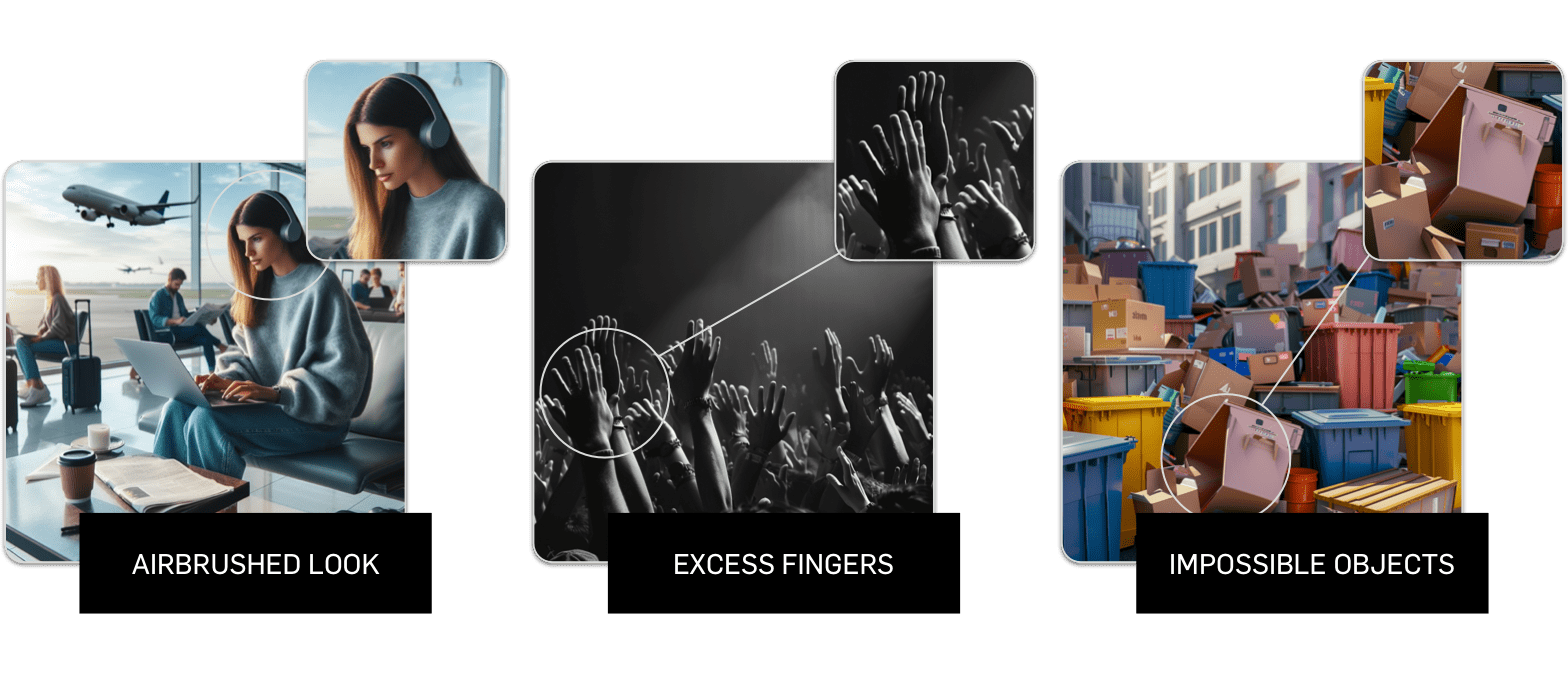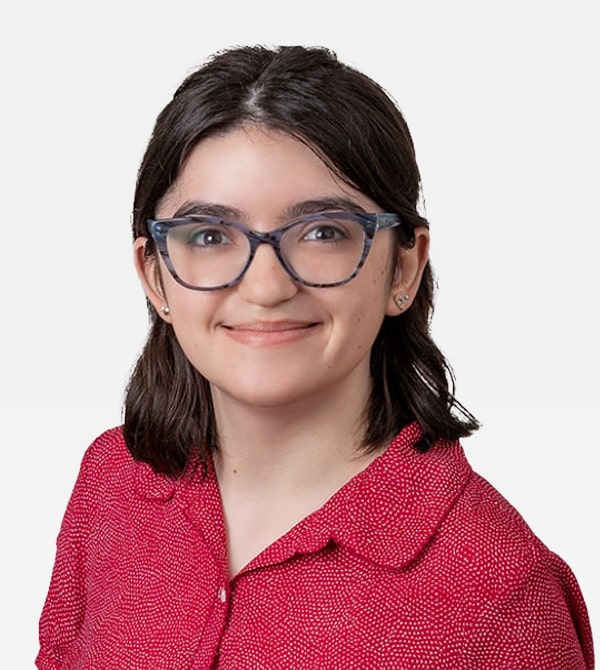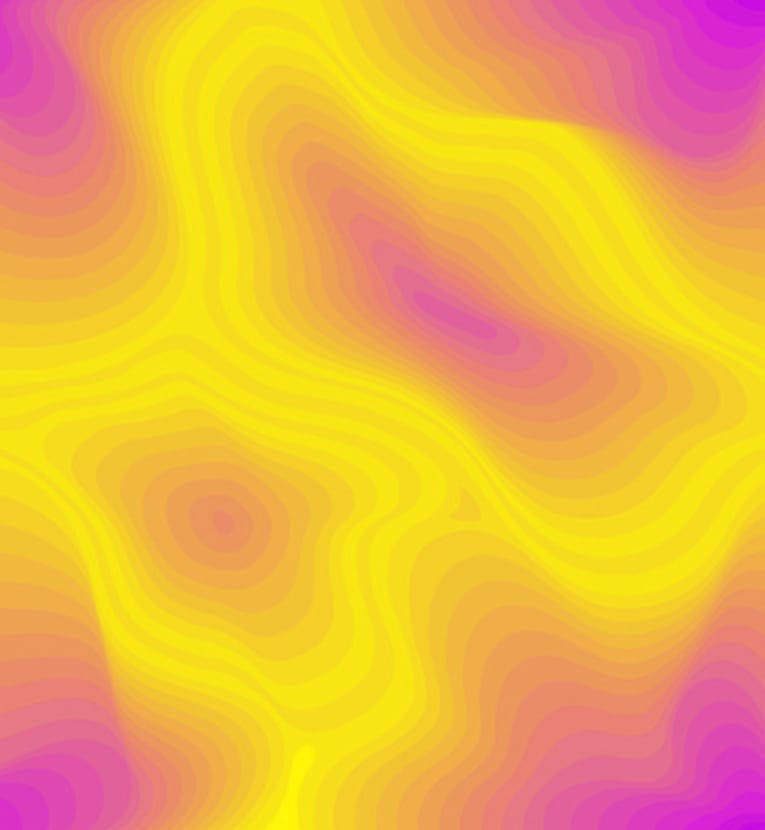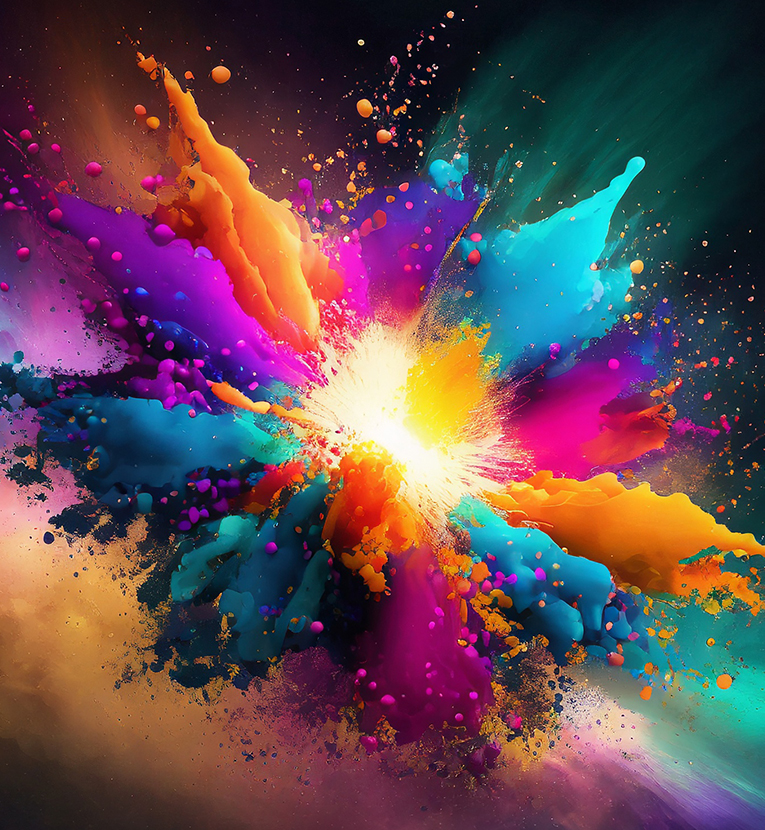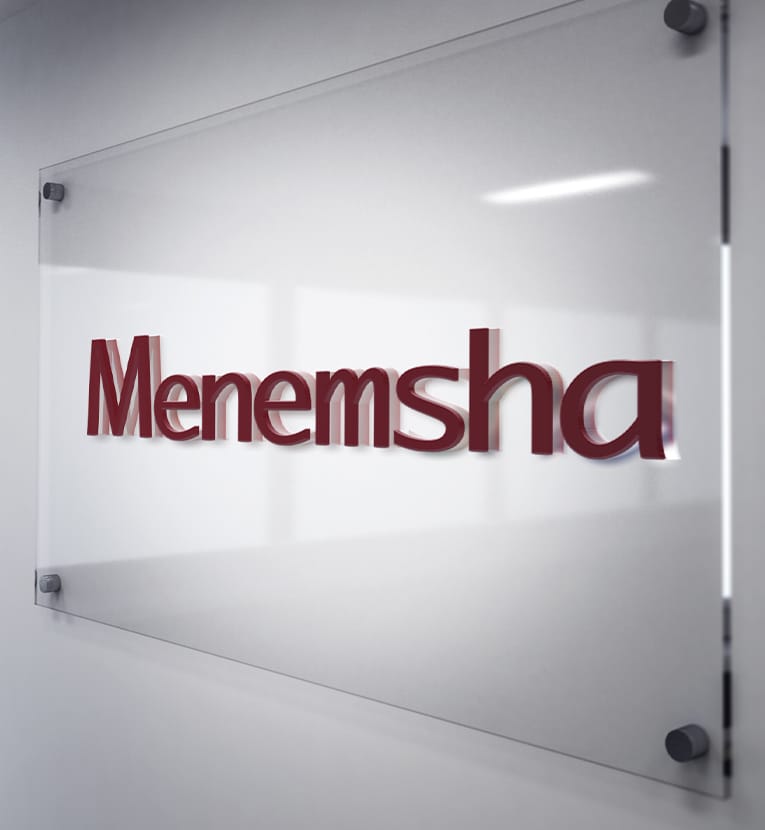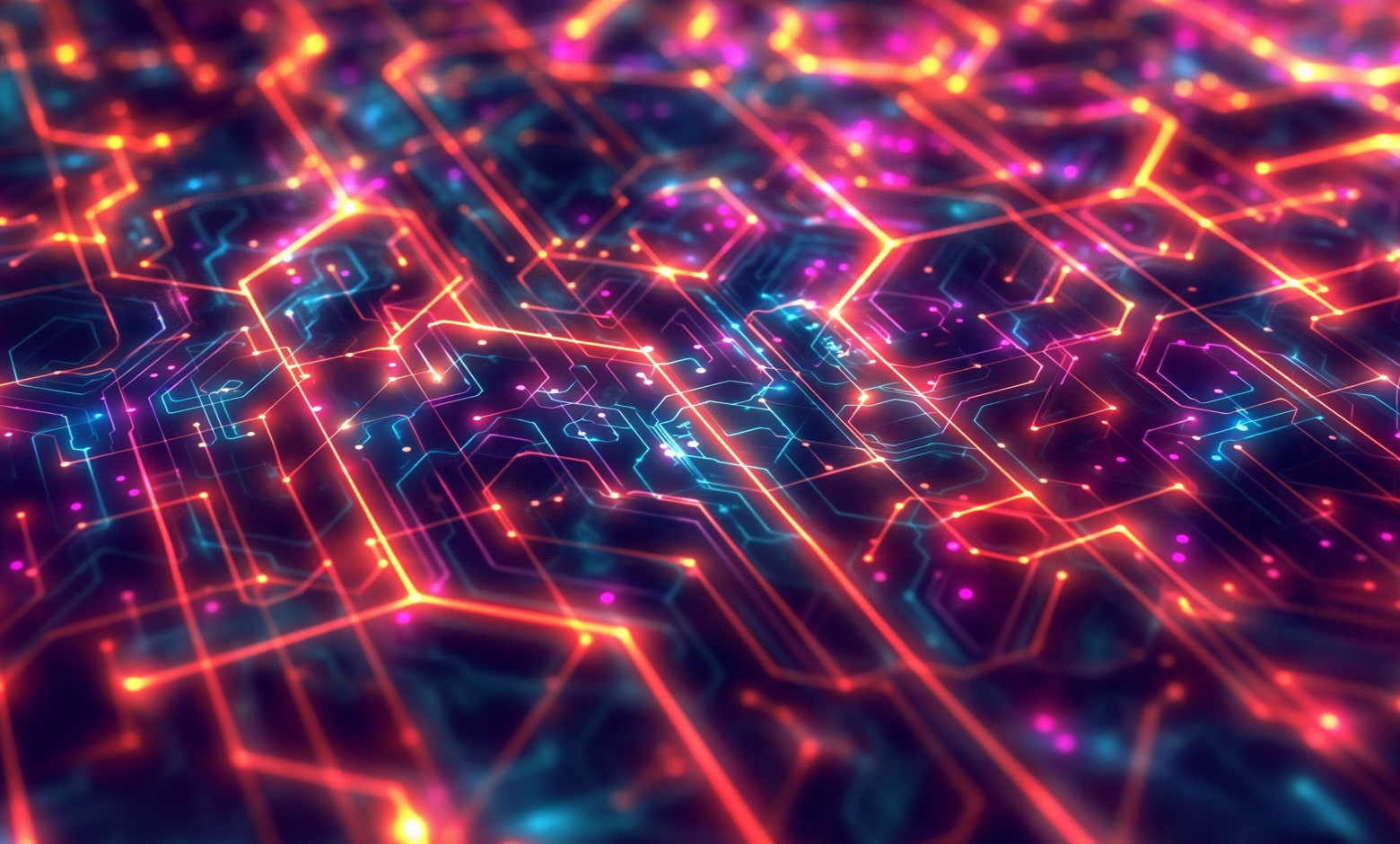
Come with me, and you’ll see, a world of image generation.
With roots stretching back to the early ’70s with the conception of the AARON series of computer programs, AI image generation has undergone exponential growth over the past few years as the AI boom has emerged and forged on.
How do AI image generators create images? Behind the scenes, these generators employ neural networks that learn from large datasets to produce new images through a process of pattern recognition and generation.
For a user, using an image generator merely involves entering a prompt like “A young boy playing baseball” and watching the magic appear on-screen. Amid a competitive market, two of the most popular text-to-image generators are DALL-E and Midjourney.
Tools Defining the Landscape
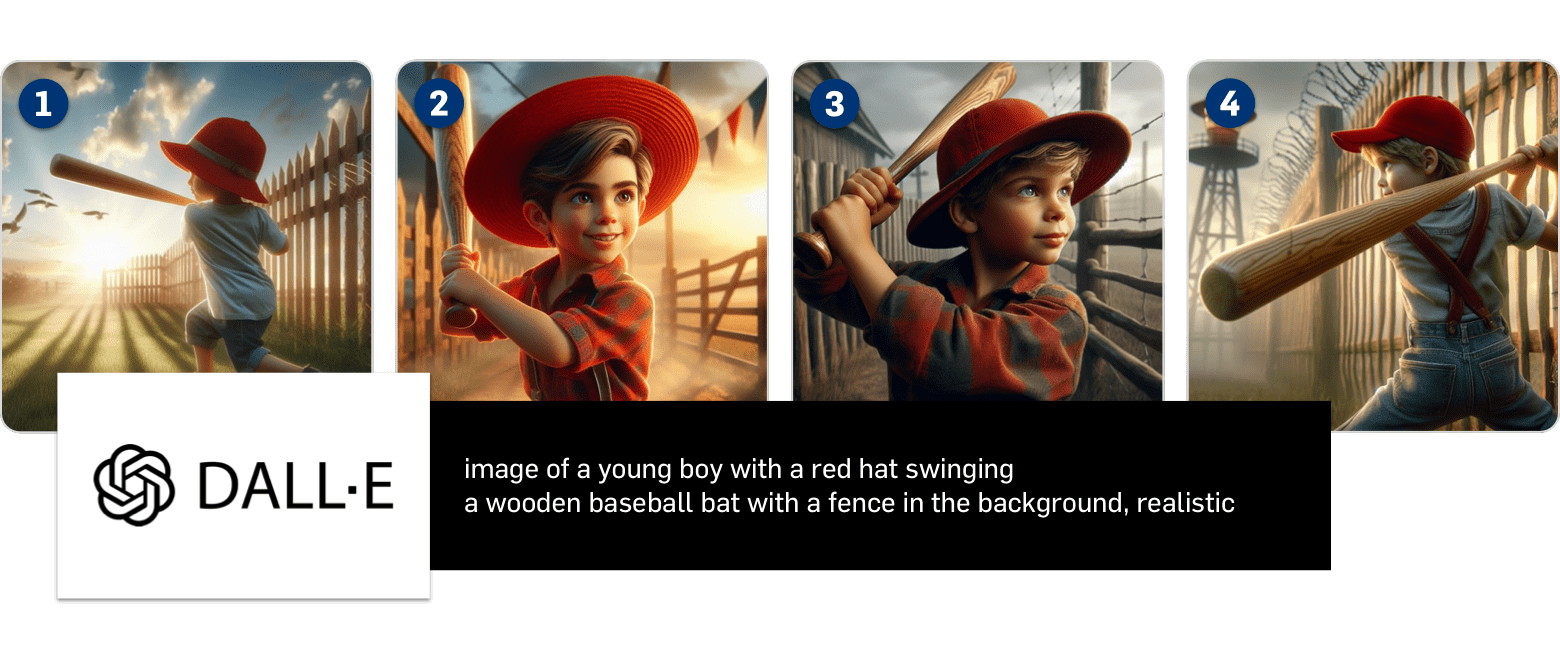
DALL-E
DALL-E, OpenAI’s contribution to the AI image generator landscape, has three iterations to date. DALL-E 3, the most recent iteration of the series, is accessible through OpenAI’s GPT-4, Copilot Designer, Microsoft Paint, and other platforms that use its API – though the version accessible through GPT-4 is the most full-featured version. Previous iterations (DALL-E and DALL-E 2) are web apps that operate on a pay-for-credits system. The more intuitive of the two, DALL-E 3 allows users to edit individual aspects of generated images and creates images with an illustrative feel.
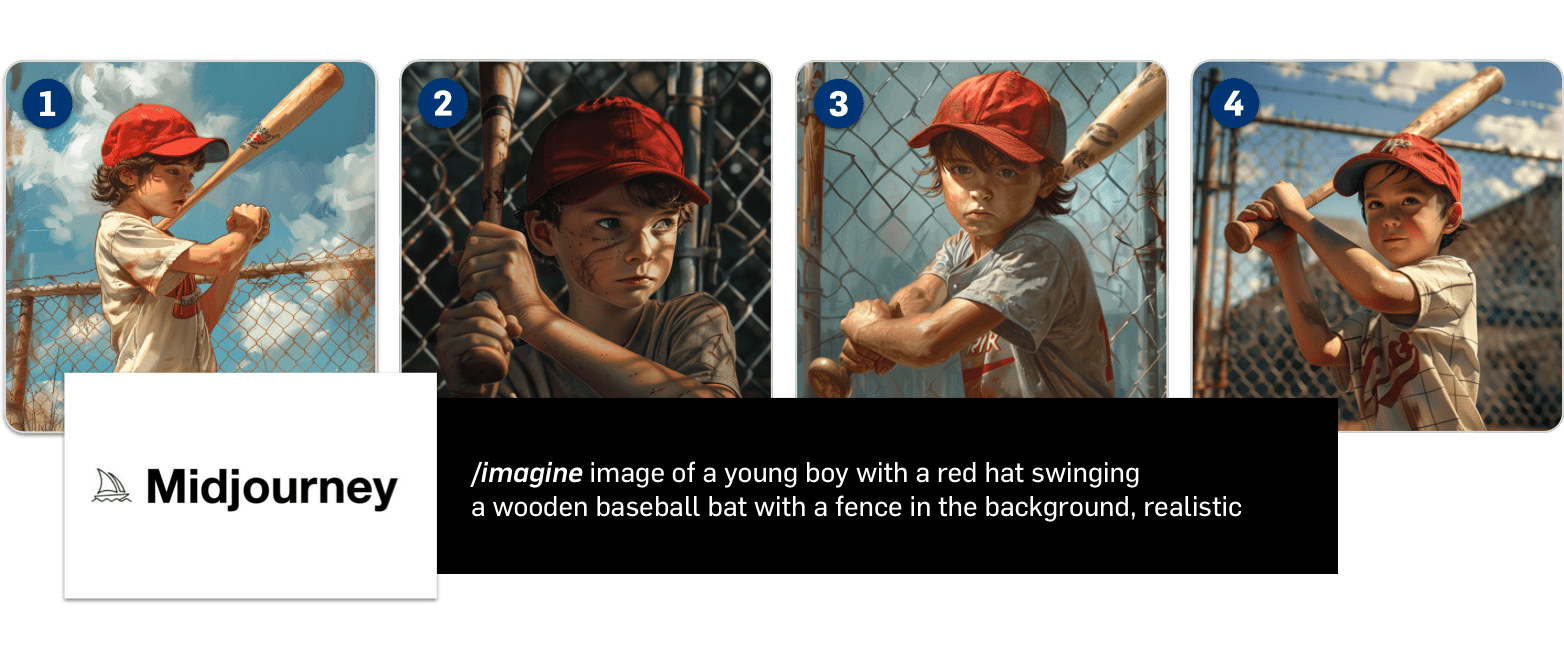
Midjourney
Midjourney is a bit more difficult to jump into, currently being accessible only by means of a Discord account (although a simpler web interface is planned). When a user enters a prompt, they are immediately given four different images that they can choose from. What Midjourney lacks in intuitive navigation, it makes up for in a more polished and photo-realistic look compared to competitors.
A Practical Approach
As with any emerging tool, there are risks and limitations that come along with using image generators: AI images often have a distinct telltale appearance (marked by a soft, airbrushed look, mangled or excess fingers, and impossible object positionings or overlaps); AI can struggle to stick to the prompt you provide; and AI certainly is not yet able to follow brand guidelines. Additionally, there are ethical and copyright concerns surrounding intellectual property rights when using AI-generated images commercially.
Image generators like DALL-E and Midjourney are useful assets, providing quick access to an array of visual concepts and styles. Signal is eager to leverage the creative potential that AI image generation offers as a catalyst and assist-maker, using these tools “mid-journey” (see what we did there?) and not as an end destination. As always, Signal will continue to monitor the landscape to harness the potential of emerging innovations and stay true to our guiding principle of Creative Intelligence.



